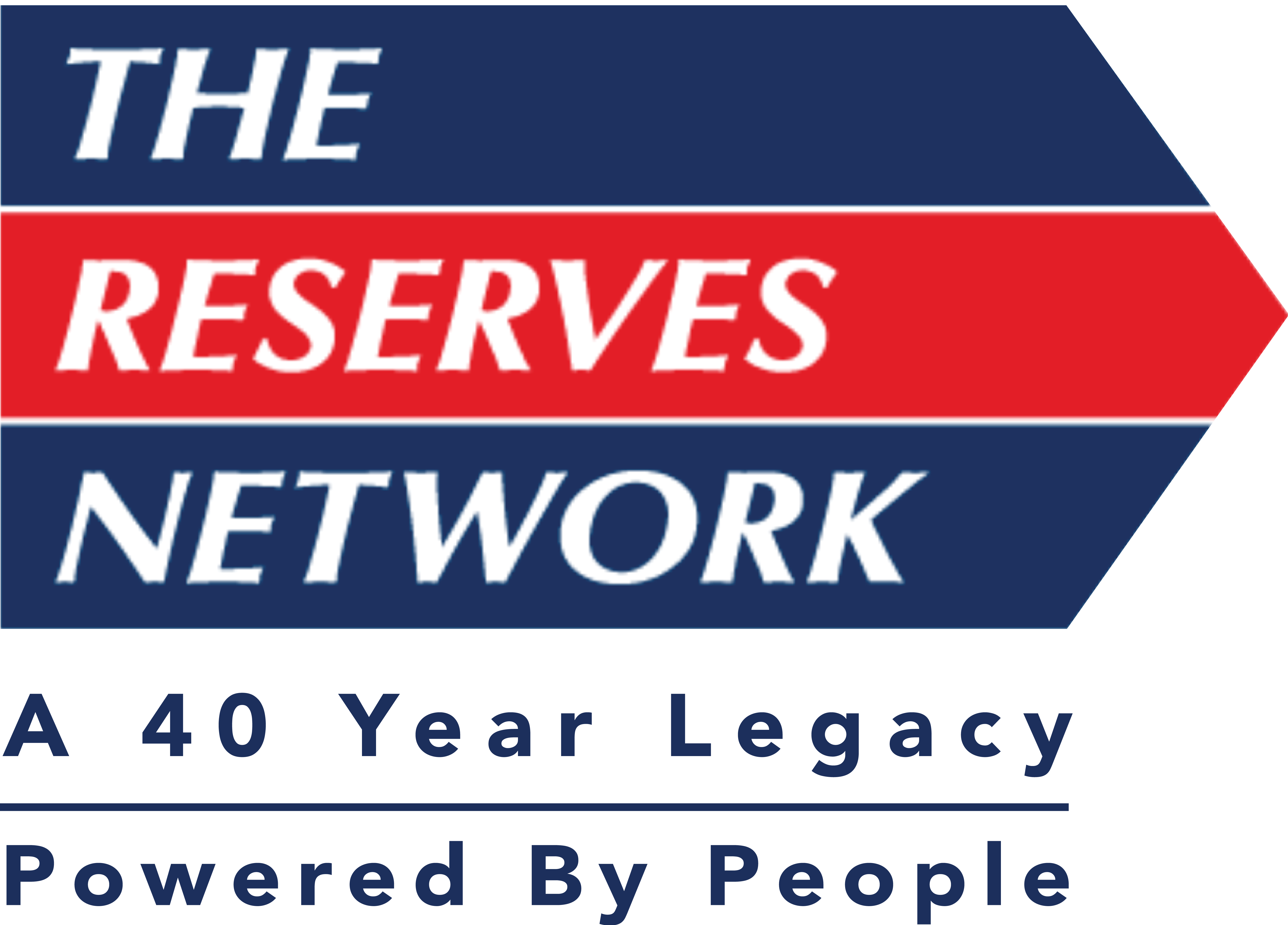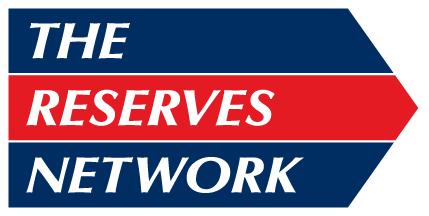Metrics that Matter: Unlocking the ROI of Your Talent Acquisition Strategies
Securing and retaining top-tier talent is imperative for businesses aiming to thrive in today’s competitive environment. As organizations invest substantial resources in talent acquisition strategies, measuring the return on investment (ROI) is crucial to ensure these efforts align with broader business objectives.
Let’s explore the significance of assessing the ROI of talent acquisition strategies and uncover actionable insights to enhance your approach.
Why Measuring ROI Matters in Talent Acquisition
Cost-Efficiency
Understanding the cost-effectiveness of your hiring processes is key to resource optimization. By analyzing ROI, you can pinpoint areas of value and fine-tune your budget allocation for maximum impact. Consider the total cost of your hiring process, including advertising, recruitment tools, and staff time, divided by the number of hires. This calculation provides a clear picture of the financial efficiency of your recruitment efforts.
Time-to-Fill Impact
Swift talent acquisition is paramount in a dynamic business environment. Measuring the time-to-fill metric enables you to streamline processes, reducing the time it takes to integrate new talent and minimizing disruptions. Track the average time it takes to fill a position from the initial posting to the candidate’s start date. This metric is particularly valuable for identifying bottlenecks and optimizing your recruitment timeline.
Quality of Hire
Talent acquisition goes beyond filling positions; it’s about securing individuals who contribute positively to your organizational culture and goals. Assessing the quality of your hires ensures a workforce aligned with your long-term vision. Develop metrics to evaluate the performance and cultural fit of new hires, considering factors such as productivity, adaptability, and collaboration. This analysis provides insights into the effectiveness of your recruitment strategies in bringing in talent that adds value to your organization.
Retention Rates
High turnover rates can be detrimental. By evaluating retention rates, you gain insights into the effectiveness of your onboarding and retention strategies, ultimately fostering a more stable and engaged workforce. Track how long new hires stay with the company and segment the data by department or role to identify trends. This information can guide targeted improvements in retention strategies where they are needed most.
Boosting Success in Finding the Right Talent
Enhancing the effectiveness of your talent acquisition doesn’t necessarily require a specific partnership. However, adopting certain practices can significantly impact your outcomes:
Data-Driven Decision Making
Leverage analytics to make informed decisions throughout the talent acquisition process. This includes analyzing the success of different recruitment channels, assessing candidate sources, and identifying patterns in successful hires. By using data to guide your decisions, you can continuously refine your approach based on what works best for your organization.
Candidate Experience Improvement
A positive candidate experience contributes to a strong employer brand. Streamline your application process, communicate transparently, and provide timely feedback to enhance the overall experience for potential hires. Actively seek feedback from candidates to identify areas for improvement and make adjustments accordingly.
Skillset Alignment
Ensure that your talent acquisition strategies align with the evolving skillsets your organization needs. Regularly reassess the skills and attributes that are crucial for success in your industry and adapt your recruitment approach accordingly. This proactive approach ensures that you are attracting candidates with the skills and competencies necessary for the current and future needs of your organization.
Employee Referral Programs
Existing employees can be powerful advocates for your company. Implementing a robust employee referral program can tap into your team’s network, bringing in candidates who are more likely to align with your organizational culture. Incentivize employees to refer qualified candidates, creating a win-win scenario where current employees contribute to the growth of the team.
Key Metrics to Measure ROI
Measuring the ROI of your talent acquisition strategies involves tracking key metrics:
- Cost per Hire: Calculate the total cost of the hiring process per employee to gauge the financial efficiency of your recruitment efforts. This metric allows you to assess the effectiveness of your budget allocation and make data-driven decisions about resource allocation.
- Time-to-Fill: Monitor the average time it takes to fill a position from the initial posting to the candidate’s start date. Analyzing this metric helps identify bottlenecks and inefficiencies in your recruitment process, allowing for targeted improvements to streamline the timeline.
- Quality of Hire: Assess the performance and cultural fit of new hires to ensure they contribute positively to your organization. Develop metrics that align with your specific goals and values, providing a holistic view of the impact your hires have on the company.
- Retention Rates: Track how long new hires stay with the company to identify trends and potential areas for improvement in your retention strategies. Segment the data by department or role to gain granular insights that can inform targeted interventions where needed.
By focusing on these metrics and implementing strategic enhancements, you can continuously optimize your talent acquisition strategies, fostering a workforce that not only meets your immediate needs but also contributes to the long-term success of your organization. As you navigate the complex landscape of talent acquisition, remember that each data point and strategic adjustment brings you one step closer to building a robust, agile, and high-performing team.
For more workforce management advice, subscribe to our blog!


